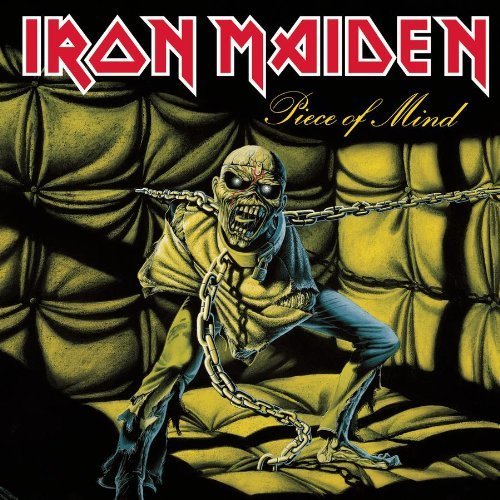CD Cover Construction
What the Pros Do
- Don't print lyrics unless they have sufficient space
- Don't include social media URLs.
- Envision your album cover as a thumbnail
- Get your fans to interact with you online
5. Album covers with faces get more attention
6. If you’re not going to feature a human face, make sure your design is striking and original
7. Include your artist name & album name!
Don’t print lyrics unless you have sufficient space
- Where are you going to put the album credits, copyright info, and crowdfunding thank-yous? Who’s going to be able to read that tiny font anyway?
- Lyrics in the album packaging are great – if you can read them. So if a six-page booklet insert or a giant foldout for your LP edition aren't realities, use the internet as a way to augment your album art and avoid clutter.
- Post your lyrics on your website in a dedicated section that shares design elements with your album. Then, print the URL to your website's lyrics section on your album packaging.

Don't include social media url's
Social media sites come and go. Even Facebook may soon be yesterday's news. So, consider not putting your social media URLs in your album art. It'll date you. Instead, you absolutely should put your own website's URL in the album art. That will never go out of style; your web address is eternal

Envision your album cover as a thumbnail
The majority of people who encounter an album will do so online. They’ll see a smaller version on digital music platforms like iTunes, Spotify, and Amazon, or on review sites and blogs. Often it will appear as small as a thumbnail.
Before you commit to an album cover design, shrink it way down. Does it still capture your attention? If so, you’ve got a winner. If not, try a different approach for your album cover.

Get your fans to interact with you online
Putting your website address in your CD booklet is fine (and you totally should do that, of course), but if you can offer a little something extra, you'll increase the chances that someone who bought your album will go online and check out your site.
Make sure the text in your album art mentions that visitors to your website will get access to an exclusive download, essay, PDF, etc. – in exchange for an email address.

Album covers with faces get more attention
It seems like album covers that feature actual human faces draw more attention to themselves than ones that have... something else. Maybe it's just that feeling of personal connection which comes from seeing someone's eyes, or that you can get an instantaneous sense of the artist's musical style and aesthetic based on his or her fashion, posture, the setting of the photo, etc. But something about those covers (when done well) seem more immediate and engaging.

If you’re not going to feature a human face, make sure your design is striking and original
Your album design shouldn't just look cool. It should convey something about your musical style and even your personal beliefs. For a great example of a record that breaks the rules and sends a message with its album art, check out Aphex Twin’s Syro, where the cover shows an itemized list of every expense that went into creating and marketing the record (instrument costs, promotional meet-and-greets, advertising, etc.).

Include your artist name & album name!
Imagine your CD is sitting on the shelves of a radio station library. Can you find the disc among all those other albums? Many DJs are still heavily reliant on CDs, and they need to be able to pull your disc off the shelves quickly. It's for this very reason that many stations don’t even accept albums sent to them in thin sleeve packaging. So if you’re serious about a radio promotion campaign, you should consider packaging your CDs in digipacks or jewel cases, and then be sure that the writing on the spine is big, bold, and highly legible.

Now it's your turn

Instructions for today are:
- You have to create a CD cover that best describes the type of music you perform/sing.
- Rough draft today. Brainstorm some things that you would like included on your CD cover.
- NEXT DAY - I will try to book the computer lab to design on the computer.